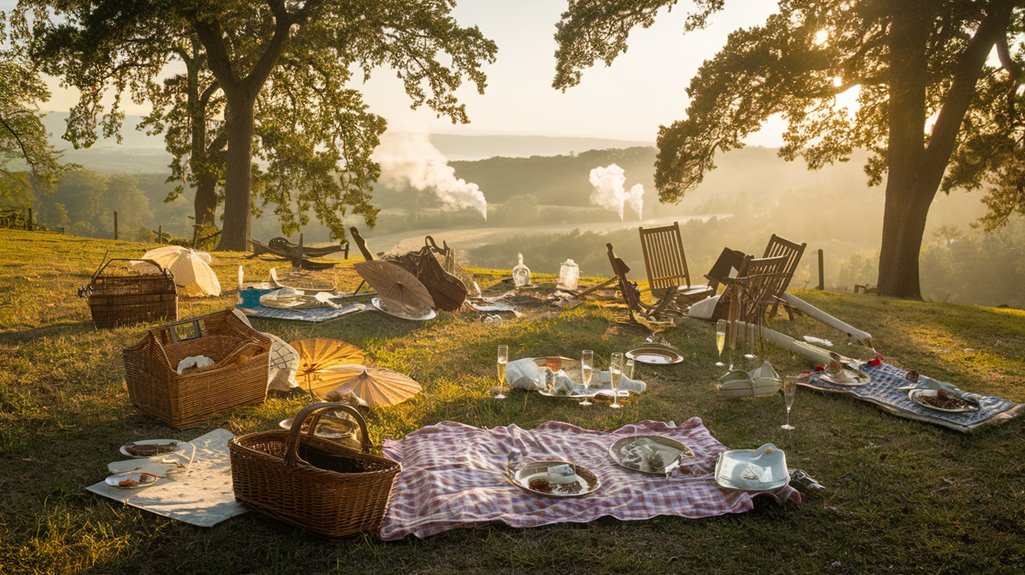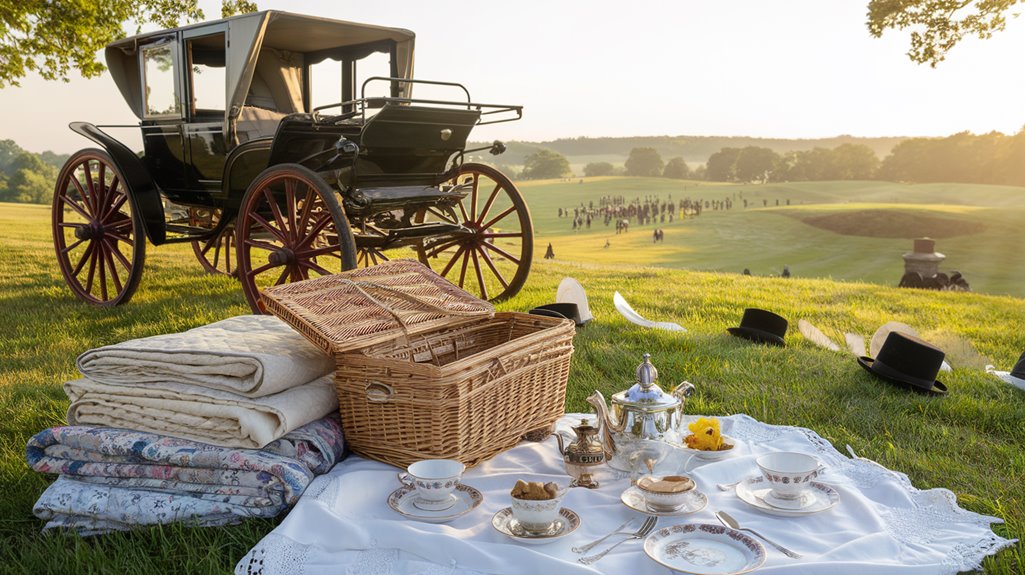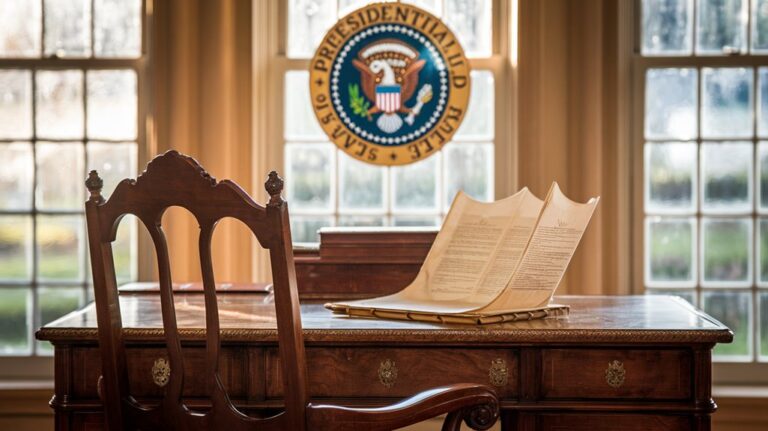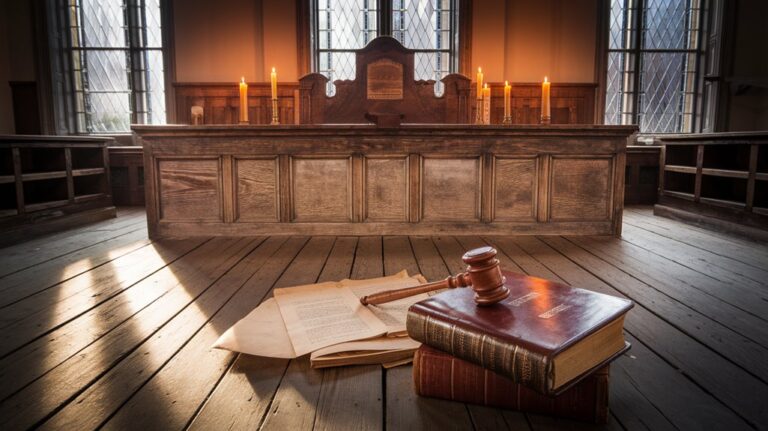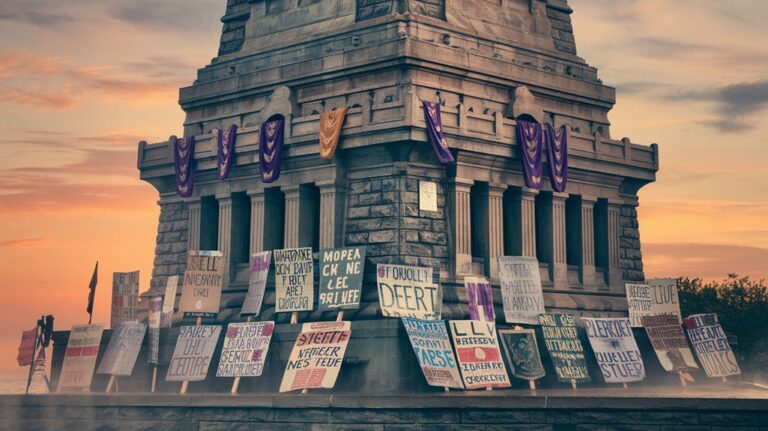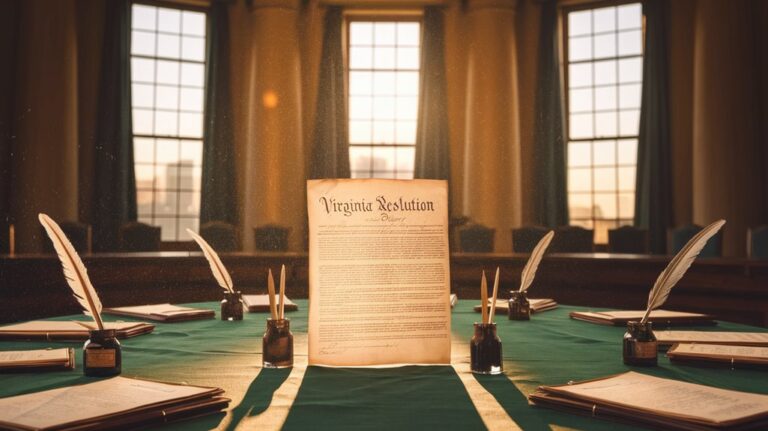Spectators Brought Picnics to Watch the First Major Civil War Battle
You might think you know how wars begin, but the start of the American Civil War defies modern understanding. Picture yourself among Washington's elite in July 1861, packing a picnic basket and climbing into your carriage to watch what you believe will be a quick Union victory at Bull Run. It's almost unimaginable now, but these spectators treated the first major battle like a sporting event – until the brutal reality of combat shattered their illusions.
The Picnic Atmosphere Before the Bull Run Battle
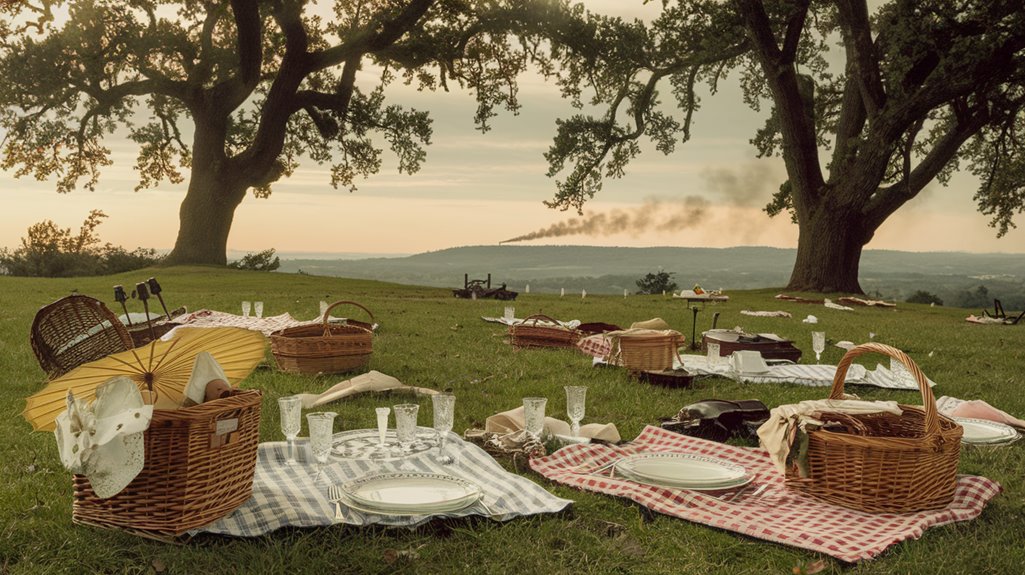
As Union and Confederate forces prepared for their first major clash at Bull Run, civilians from Washington transformed the anticipated battle into an impromptu social event.
You'd have seen picnic preparations in full swing, with spectators loading their carriages with baskets of food and pies for the long journey to Centreville. The seven-hour carriage ride from Washington made these provisions a necessity rather than mere leisure. Many notable politicians attended the event as spectators, eager to witness what they believed would be a decisive victory.
Spectator behavior reflected the day's festive mood, particularly among the male population who treated the Sunday outing as a holiday celebration. One woman brought opera glasses to watch the cannon fire.
Enterprising saleswomen seized the opportunity to profit from the gathering crowds, offering pies and other edibles for sale. The atmosphere was more reminiscent of a sporting event than a battlefield, as onlookers confidently anticipated a swift Union victory.
When Entertainment Turned to Terror
When the first shots rang out at Bull Run, the picnicking spectators' festive mood quickly dissolved into horror. Your spectator misconceptions of a quick, bloodless conflict shattered as you witnessed the brutal reality of war unfold before your eyes.
Brigadier General Irvin McDowell led the Union forces into what would become a devastating defeat. What started as an anticipated entertainment turned into a nightmare when artillery fire struck the Henry house, killing elderly widow Judith Carter Henry and injuring her daughters.Confederate sharpshooters had taken up positions in the Henry house, leading to its targeting by Union forces.
You'd watch in disbelief as civilian experiences transformed from excitement to terror, with approximately 4,750 casualties mounting on both sides.
The shocking truth of war's devastation replaced any romantic notions you might've held about this "picnic battle." As chaos erupted and panic spread, you'd realize this wasn't the swift, clean victory everyone had expected, but rather a bloody awakening to war's true nature.
Political Figures Among the Spectators
Among the civilian spectators at Bull Run, numerous political figures sought front-row seats to what they believed would be a quick Union triumph.
Their political motivations and spectator behavior reflected a widespread Northern optimism about the war's swift conclusion.
The battle attracted spectators who arrived with picnic baskets and carts, creating a festive atmosphere around the battlefield.
You'll find these prominent figures were right in the thick of it:
- Senator Henry Wilson handed out sandwiches to troops
- Governor William Sprague had two horses shot from under him
- Congressman Alfred Ely ended up captured by Confederate forces
- Senators Wade and Chandler tried blocking retreating soldiers
- Judge McCook watched his son receive a mortal wound
When the tide turned against Union forces, these politicians found themselves caught in the chaos.
Their presence that day highlighted how severely they'd underestimated the war's gravity and demonstrates the battle's broader political significance.
The battle resulted in nearly five thousand casualties, shattering any illusions of a short and bloodless conflict.
The Battle's Impact on American War Perception
The presence of picnicking spectators at Bull Run belied the battle's true impact on American attitudes toward war. What started with civilian involvement and a sporting atmosphere quickly transformed into a sobering reality check for the nation.
When Confederate forces achieved an unexpected victory and Union troops retreated in disarray, you would've witnessed a dramatic shift in public understanding. The sight of fleeing soldiers and panicked spectators drove home the war's brutal nature. The spectators, who had traveled seven hours by carriage from Washington to Centreville, found themselves caught in the chaos of retreat.
Media coverage of the "picnic battle" may have initially mocked the spectators, but the event's aftermath made it clear to Americans that they were facing a longer, bloodier conflict than anyone had anticipated.

